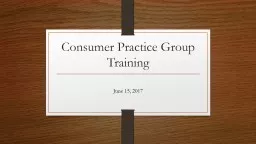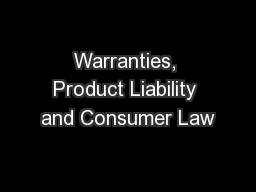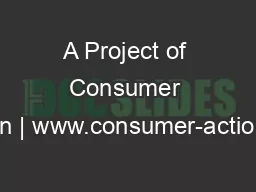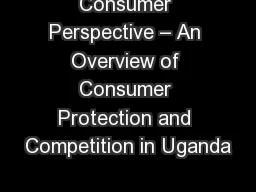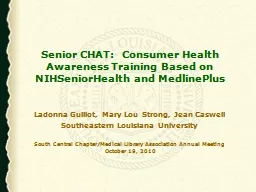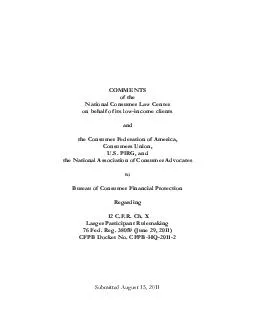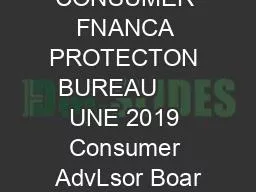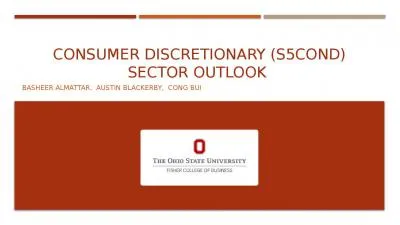PPT-Consumer Practice Group Training
Author : alida-meadow | Published Date : 2018-09-18
September 19 2017 Who We Are Who We Are Row 1 Dan Lindsey Director Jim Brady Michelle Weinberg Supervisory Attorneys Row 2 Kari Beyer Katie Liss Ainat Margalit
Presentation Embed Code
Download Presentation
Download Presentation The PPT/PDF document "Consumer Practice Group Training" is the property of its rightful owner. Permission is granted to download and print the materials on this website for personal, non-commercial use only, and to display it on your personal computer provided you do not modify the materials and that you retain all copyright notices contained in the materials. By downloading content from our website, you accept the terms of this agreement.
Consumer Practice Group Training: Transcript
Download Rules Of Document
"Consumer Practice Group Training"The content belongs to its owner. You may download and print it for personal use, without modification, and keep all copyright notices. By downloading, you agree to these terms.
Related Documents

